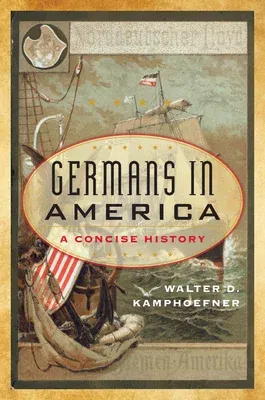Walter D Kamphoefner
(Author)Germans in America: A Concise HistoryHardcover, 8 November 2021

Qty
1
Turbo
Ships in 2 - 3 days
In Stock
Free Delivery
Cash on Delivery
15 Days
Free Returns
Secure Checkout

Part of Series
American Ways
Print Length
310 pages
Language
English
Publisher
Rowman & Littlefield Publishers
Date Published
8 Nov 2021
ISBN-10
1442264977
ISBN-13
9781442264977
Description
Product Details
Author:
Book Format:
Hardcover
Country of Origin:
US
Date Published:
8 November 2021
Dimensions:
23.01 x
15.39 x
3 cm
Genre:
Germany
ISBN-10:
1442264977
ISBN-13:
9781442264977
Language:
English
Pages:
310
Publisher:
Series:
Weight:
521.63 gm